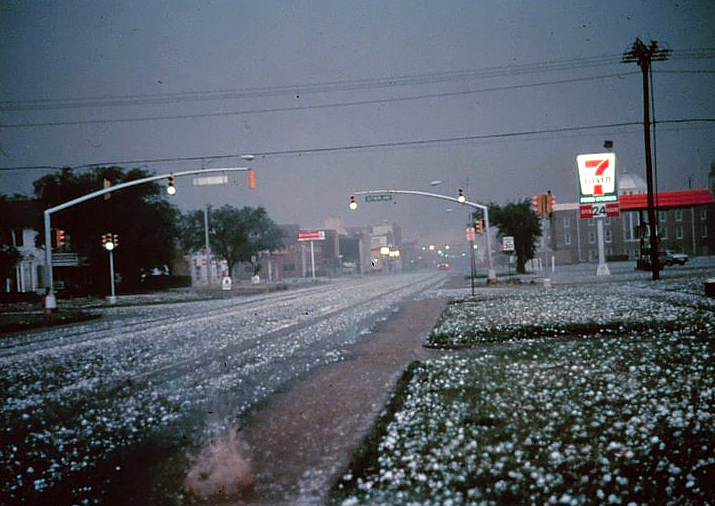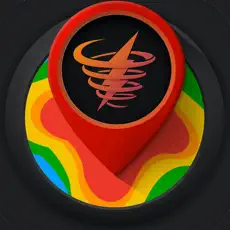
On June 13, 2012, a single, isolated supercell thunderstorm pummeled the Dallas-Fort Worth (DFW) metroplex with golfball-sized hail, ranging from 1.75 inches (4.4 cm) to a staggering 4.25 inches (10.8 cm) in diameter – some exceeding the size of softballs. This event, classified as a PDS (Particularly Destructive Storm) by the National Weather Service (NWS), caused widespread devastation, with estimated costs reaching $900 million. This white paper delves into the meteorological setup, the extent of the damage, and the community’s response and recovery efforts.
2. Meteorological Conditions
An analysis by the NWS Fort Worth office revealed the following key factors:
- High CAPE (Cape Accumulation of Potential Energy): The atmosphere held a significant amount of potential energy (CAPE) exceeding 3,000 J/kg, which fueled the storm’s intensity.
- Strong Vertical Wind Shear: A strong change in wind speed and direction with increasing altitude created powerful updrafts within the storm, allowing hailstones to grow significantly.
- Moist Mid-Levels: Abundant moisture present in the middle levels of the atmosphere provided ample water vapor for hailstone formation.
3. Extent of Damage
Data from various sources paints a grim picture:
- Hailstone Size Distribution: According to insurance claim data, approximately 60% of the hail measured between 1.75-2.75 inches (4.4-7 cm), with 25% reaching 2.75-3.75 inches (7-9.5 cm), and the remaining 15% exceeding 3.75 inches (9.5 cm).
- Property Damage: Over 150,000 residential and commercial property claims were filed, with an estimated 70,000 roofs punctured or destroyed.
- Vehicle Damage: Insurance companies reported over 600,000 auto hail damage claims, with many vehicles deemed totaled.
- Infrastructure Damage: Power outages affected over 200,000 residents, and numerous communication towers were damaged, disrupting phone and internet services.
- Agricultural Damage: Over 50,000 acres of crops were destroyed, impacting local agriculture and raising food prices.
4. Economic Impact
The estimated economic cost of the storm was staggering:
- $600 million: Property damage repairs and replacements.
- $200 million: Vehicle repairs and replacements.
- $50 million: Lost business revenue due to power outages and infrastructure disruptions.
- $50 million: Infrastructure repair costs.
- $100 million: Crop losses and agricultural impact.
These figures highlight the significant economic burden placed on individuals, businesses, and local governments.
5. Community Response and Recovery
The DFW community demonstrated remarkable resilience:
- Emergency Response: Over 1,000 emergency responders worked tirelessly to ensure public safety, clear debris, and provide assistance to affected residents.
- Volunteer Efforts: Thousands of volunteers emerged to help with cleanup efforts, organize donation drives, and provide emotional support.
- Government Assistance: Local, state, and federal governments declared disaster zones, offering financial assistance to individuals and businesses for repairs.
- Building Code Review: Building code revisions were initiated, focusing on strengthening roof structures and improving hail resistance for new construction.

